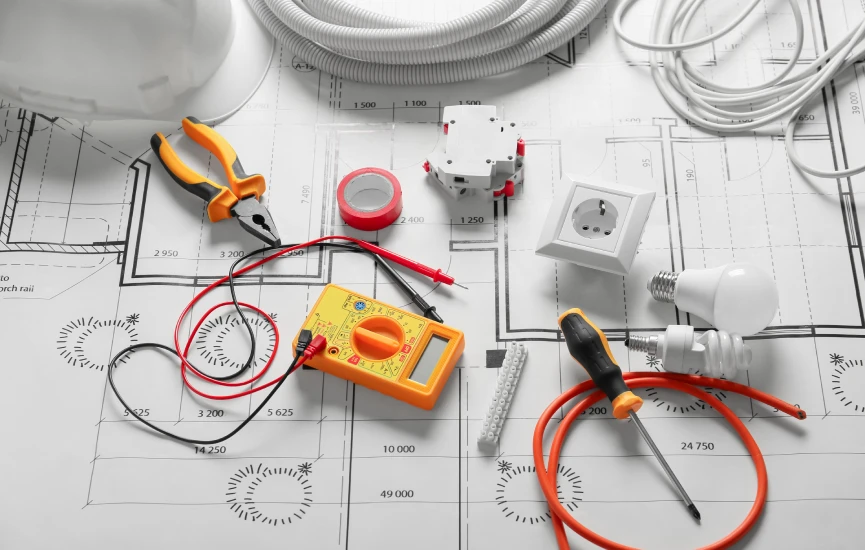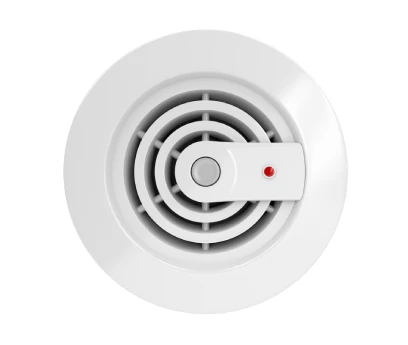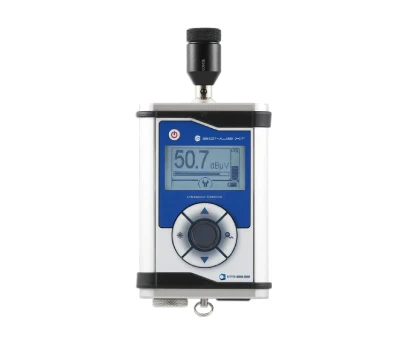
INSTALLATION

INSTALLATION
Technical Implementation of Detection and Extinction Systems.
Installation of Fire Detection and Extinguishing Systems
The installation of fire detection and extinguishing systems is a key technical process which ensures the proper implementation of solutions designed to protect lives, assets and property. infrastructure in the event of an emergency. This service is performed in compliance with the highest standards of quality, safety and international standards (NFPA, FM Global, UL, NOM, etc.).
SCOPE OF SERVICE
Clean, safe and according to drawings.
Reduction of work time and risks due to installation failures.
Disciplinary coordination with civil, electrical and mechanical works.
Certified technical personnel with experience in firefighting systems.
System Implementation and Certification.
DESIGN OBJECTIVES:

Comprehensive solutions for effective, regulatory and efficient protection.
TYPES OF SYSTEMS DESIGNED
Increased security and comprehensive protection:
The correct installation ensures an immediate and effective response to fires, protecting human lives, critical infrastructure and material assets.
Guaranteed regulatory compliance:
Compliance with international standards such as NFPA, UL, FM Global and NOM is ensured, which facilitates audits, certifications and avoids legal sanctions.
Operational reliability of the system:
By integrating and thoroughly testing all components, reliable, coordinated and fault-free operation is guaranteed in the event of a real emergency.
Optimization of resources and work time:
The experience of the technical team and the coordination with other disciplines allow for efficient execution, minimizing delays and additional costs.




